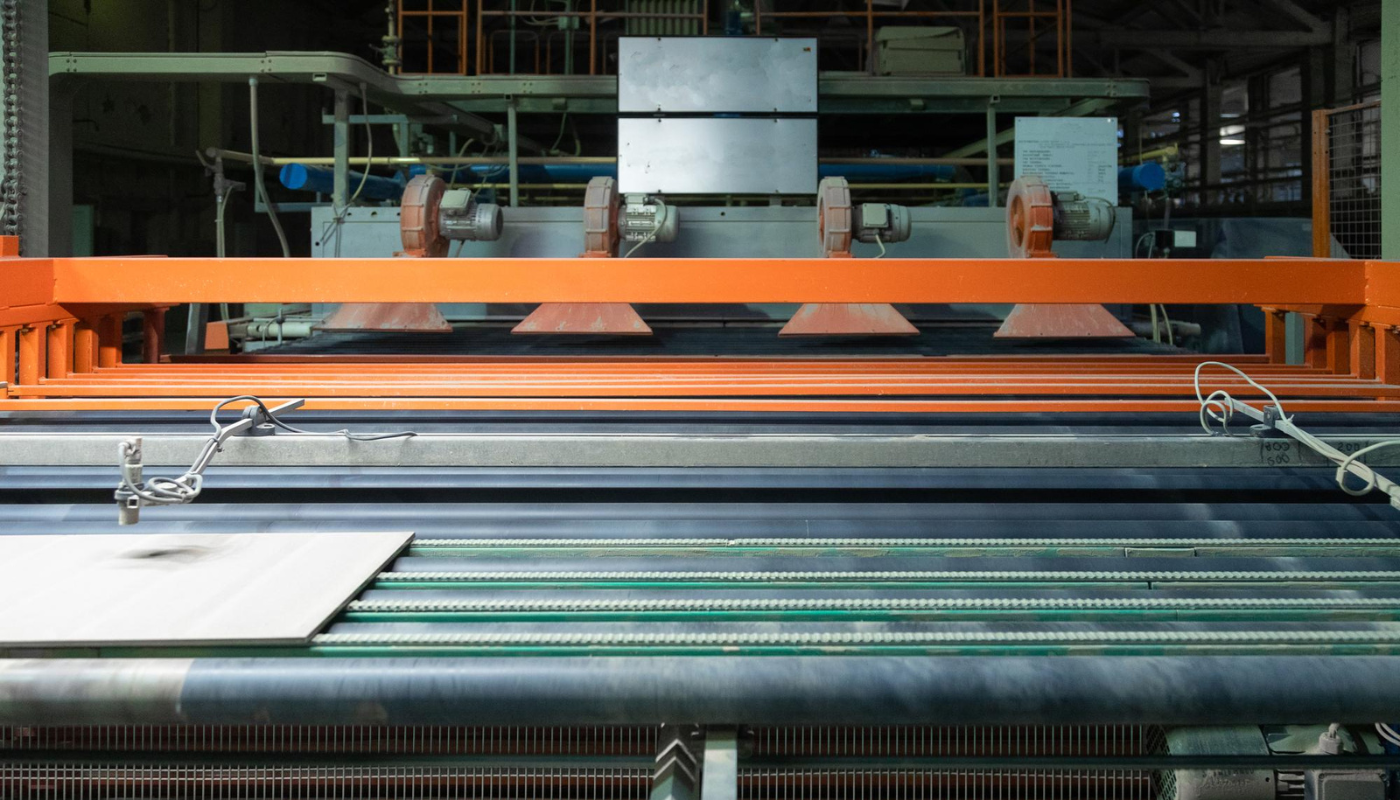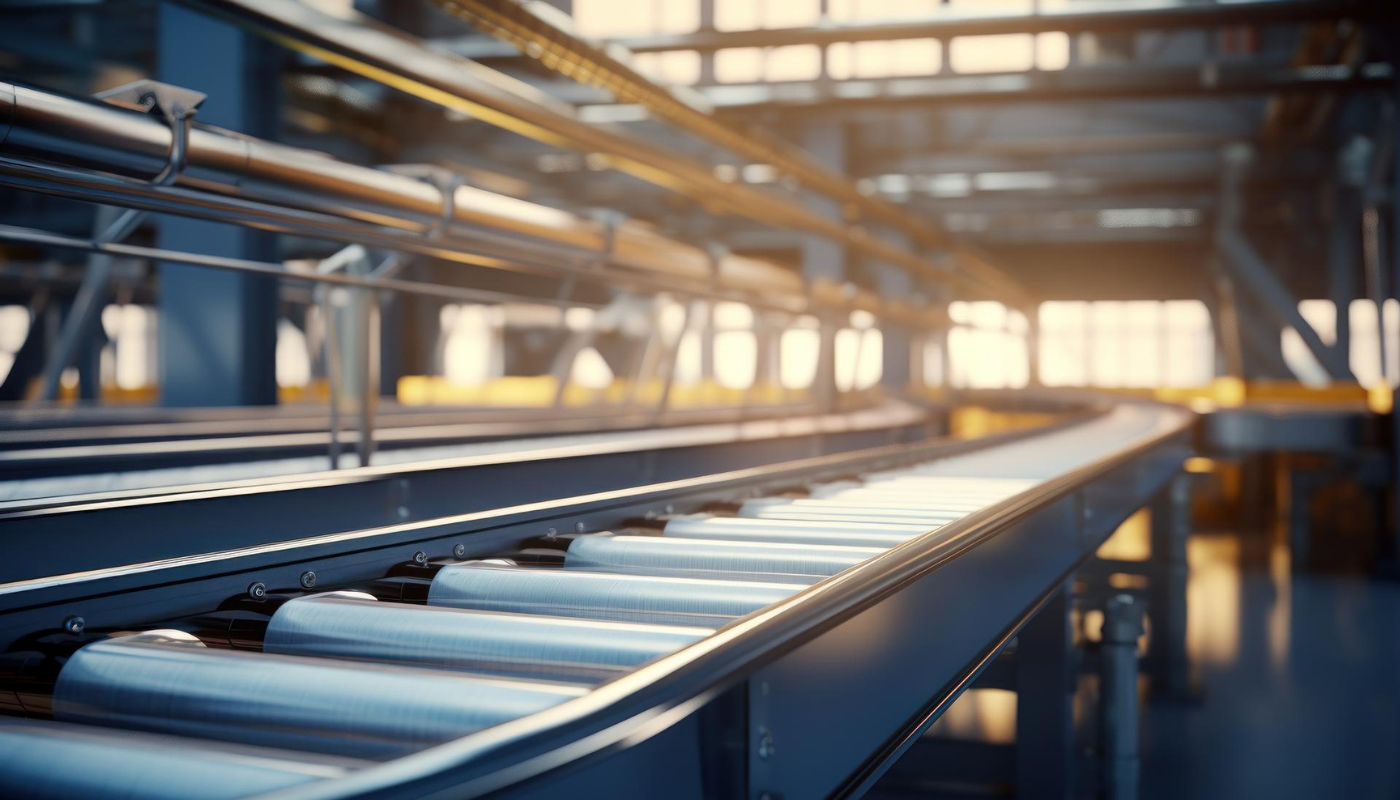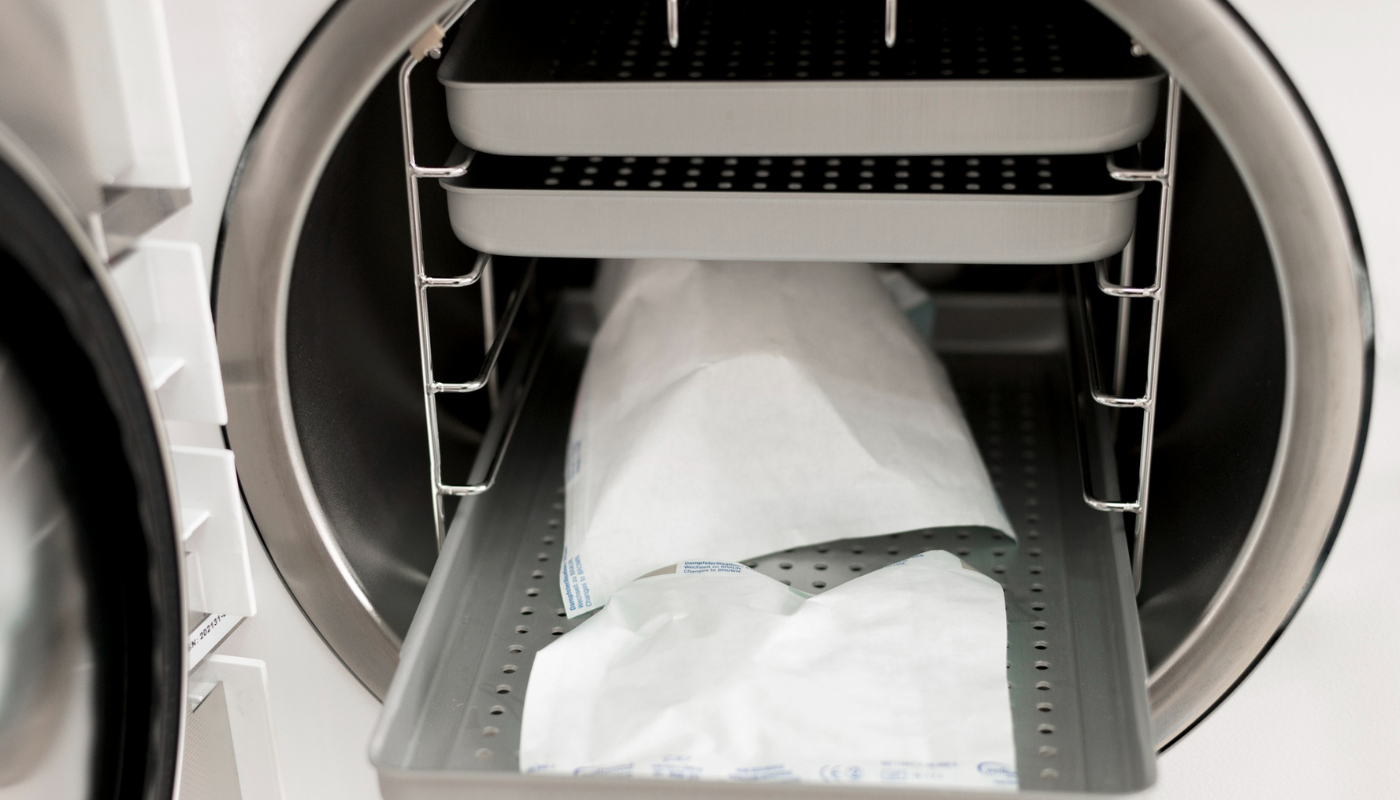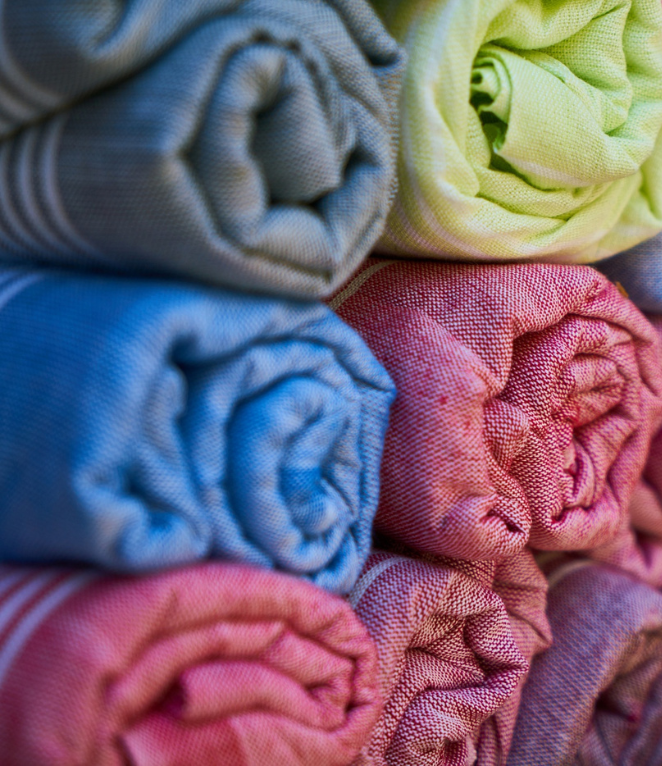
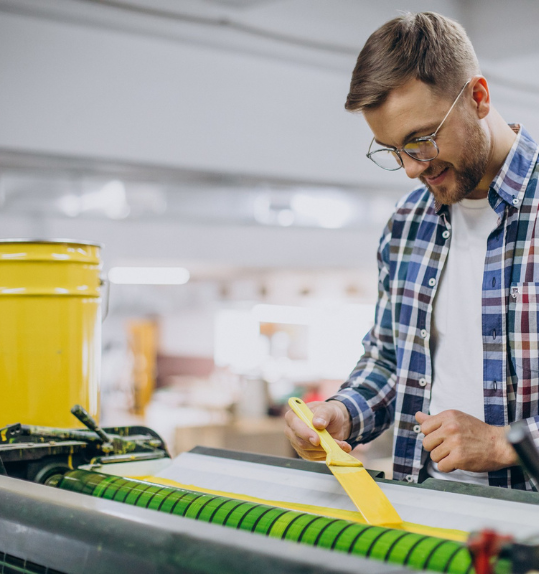
Process Of Dyeing Fabrics
Fabric Dyeing is the process of adding color to fabric with dyes. There are many techniques for the amateur dyer, from simple grocery store brands of dye to the more sophisticated Procion Fiber Reactive Dye process. Hand dyed fabrics have a depth and richness of color that commercial fabrics often lack, making each piece unique and personal.
- When Fabric Dyeing, colors are rich intensity of thickness.
- You can dye fabric to your specifications.
- There are a variety of dyes to choose from including plants.
- You can add patterns and effects in a variety of ways.
- Textures to create one of a kind patterns and effects.

